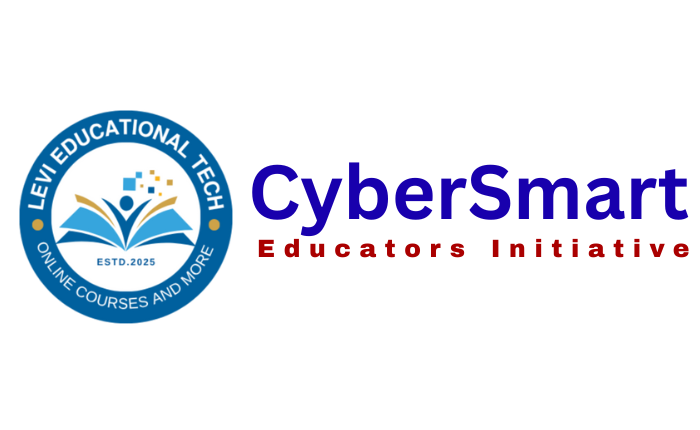Currently Empty: ₦0.00

 Levi EduTech
Levi EduTech- September 9, 2025
- Comment 0
Introduction: Welcome to the Cyber Jungle
In the vast digital wilderness, not all threats wear masks or hide behind code. Some are curious minds, others are digital predators—and a few walk the line between hero and villain. These are the hackers, the creatures of the cyber jungle.
Understanding who they are, what drives them, and how they operate is essential for anyone navigating today’s digital world—especially educators and students. Let’s meet the key players.
Education is the passport to the future, for tomorrow belongs to those who prepare for it today.
― Malcolm X
White-Hat Hackers: The Ethical Warriors
These are the good guys. Also known as ethical hackers, white-hats use their skills to protect systems, not exploit them. They’re hired by companies, governments, and schools to test security measures and identify vulnerabilities before malicious actors do.
Think of them as digital doctors—performing checkups, diagnosing weaknesses, and prescribing solutions. Their work is legal, professional, and vital to cybersecurity.
Examples of their work:
- Penetration testing
- Security audits
- Vulnerability assessments
- Incident response planning


Black-Hat Hackers: The Digital Outlaws
These are the ones we fear—and fight. Black-hat hackers break into systems for personal gain, theft, sabotage, or ideological warfare. They operate in the shadows, often as part of organized crime rings or state-sponsored cyber units.
Their motives range from financial profit to political disruption. They steal data, deploy ransomware, and exploit weaknesses for maximum damage.
Nigeria’s Cybercrime Scene:
- Estimated 100,000 black-hat hackers in Nigeria alone
- Driven by economic desperation, digital skill, and underground networks
- The rise of “Yahoo boys and girls” reflects deeper societal challenges
Grey-Hat Hackers: The Wildcards
Grey-hats are the most controversial. They break into systems without permission, but don’t always intend harm. Sometimes, they expose flaws to help organizations. Other times, they leak sensitive data to the public.
Their actions spark debate:
Are they vigilantes or violators?
Heroes or hacktivists?
Grey-hats operate in a moral gray zone. Their work can lead to positive change—or unintended chaos.
Why Educators Must Understand These Roles
In today’s classrooms, students are not just learning math and science—they’re growing up in a digital world filled with risks and opportunities. Understanding hacker types helps educators:
- Teach digital ethics
- Promote responsible tech use
- Encourage cybersecurity careers
- Prevent students from falling into the wrong digital crowd
By demystifying hackers, we empower students to make informed choices and become defenders, not offenders.
The Jungle Is Real—But So Is Our Defense
Hackers are not just faceless villains in hoodies. They’re complex individuals shaped by skill, circumstance, and intent. In the cyber jungle, intent matters:
- White-hats are allies
- Black-hats are threats
- Grey-hats are unpredictable
At Cybersmart Educators Initiative, we believe that education is the strongest shield. By teaching cybersecurity early and often, we can transform potential threats into future protectors.
Conclusion: From Awareness to Action
The digital world is not just about devices—it’s about people. And like any jungle, survival depends on understanding the creatures within it.
So, whether you’re a teacher, student, or tech enthusiast, remember:
Knowledge is your compass. Ethics is your armor. Education is your path.




